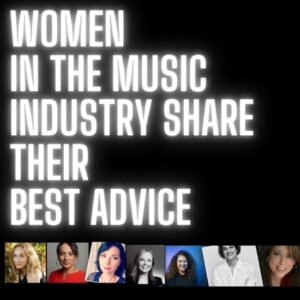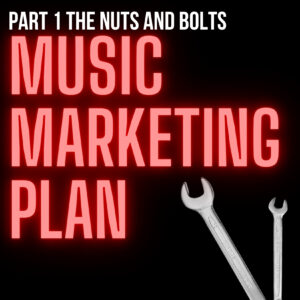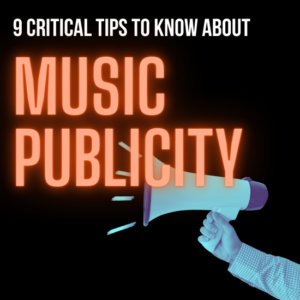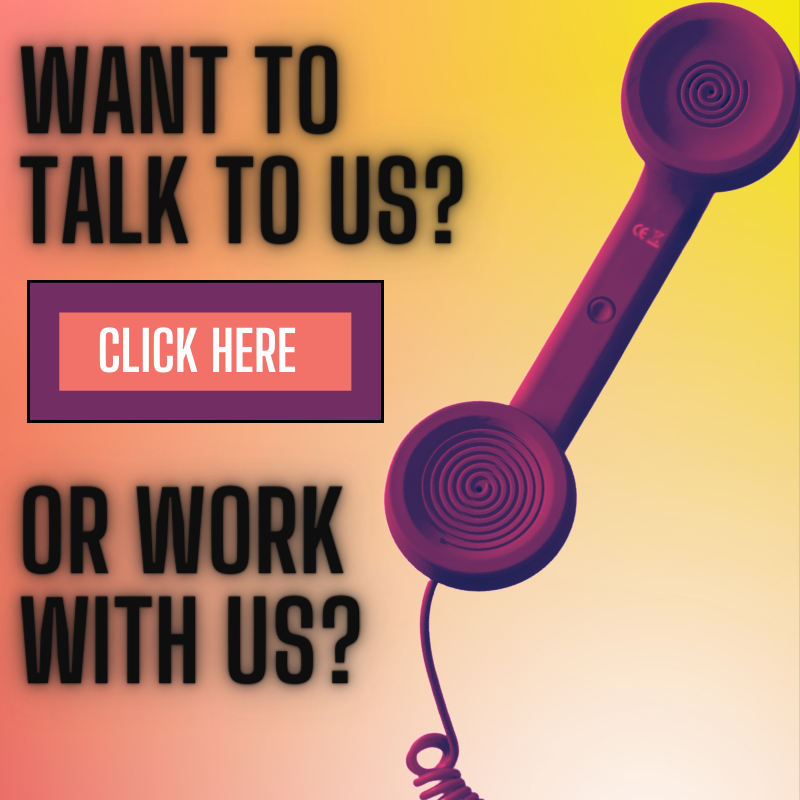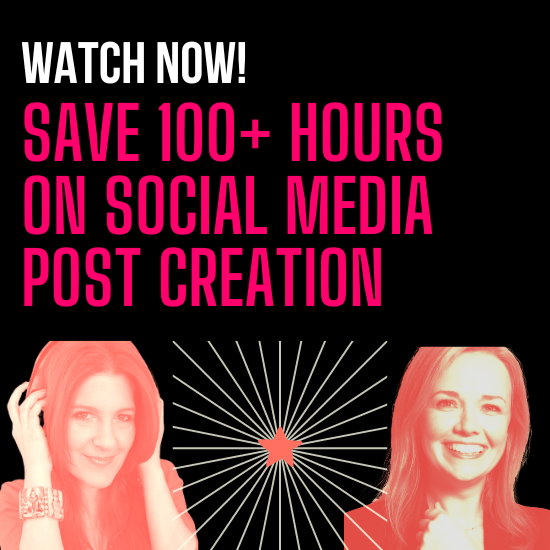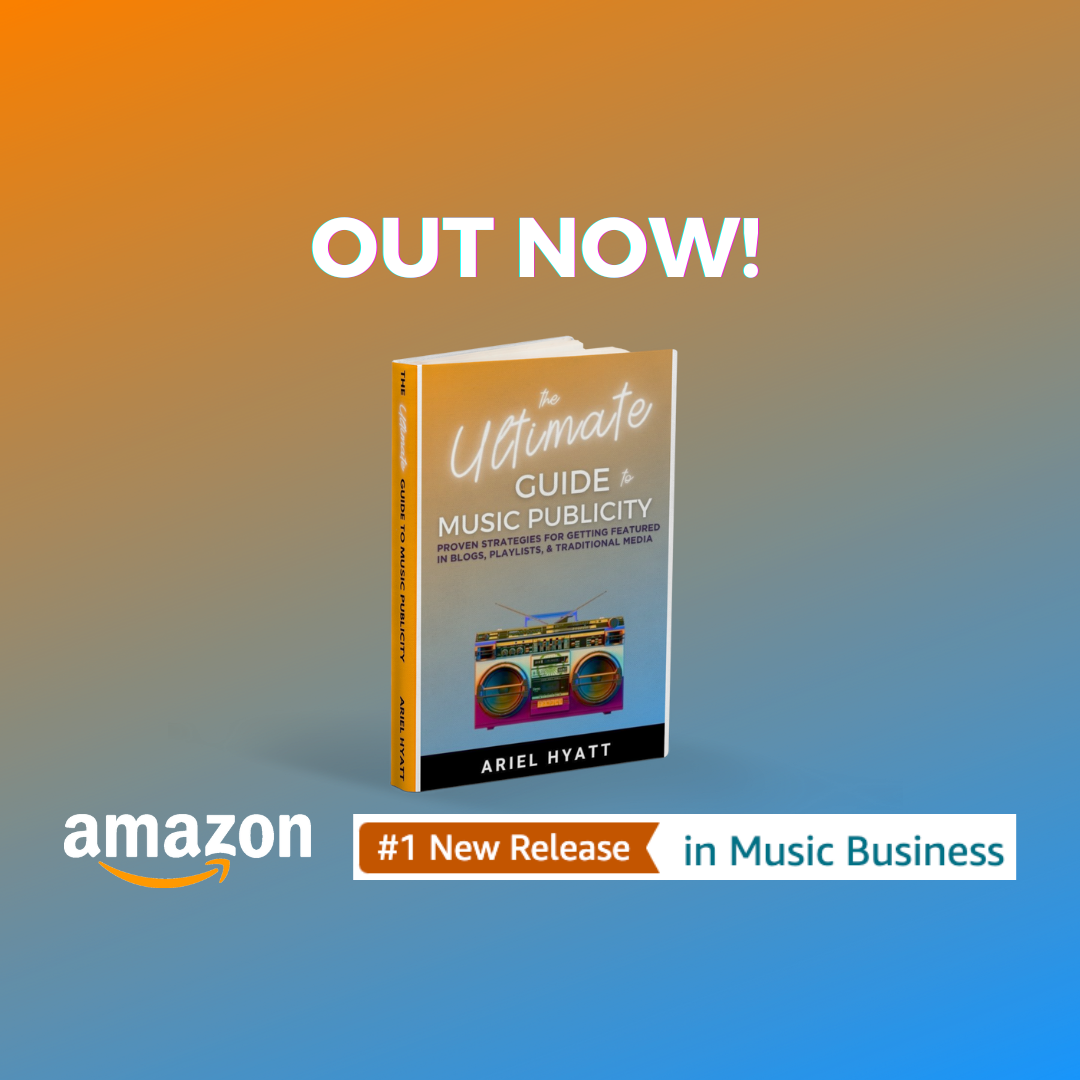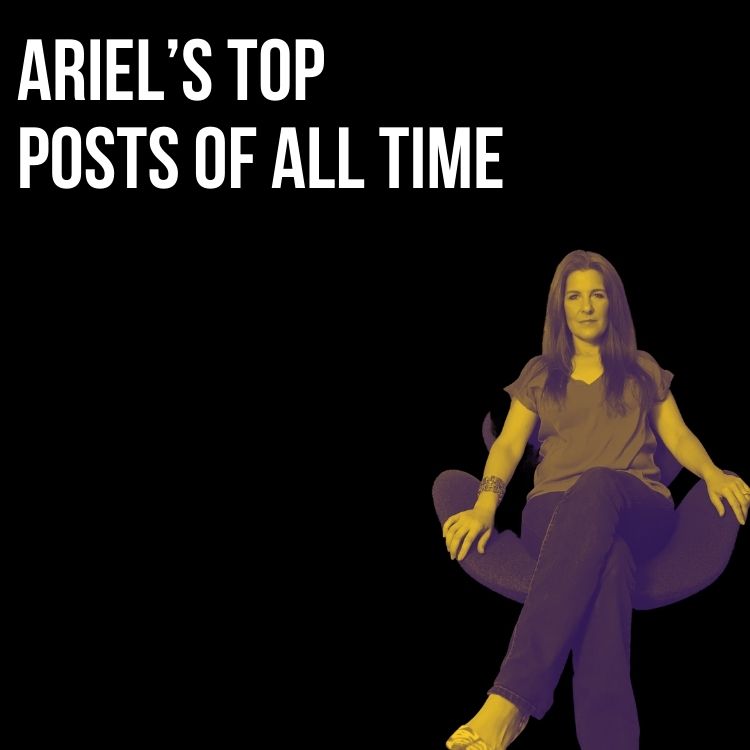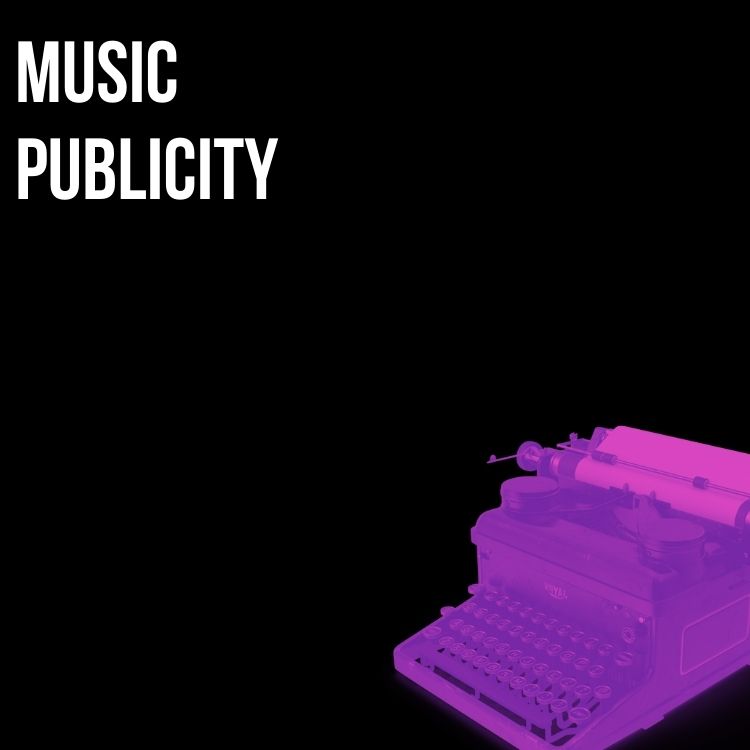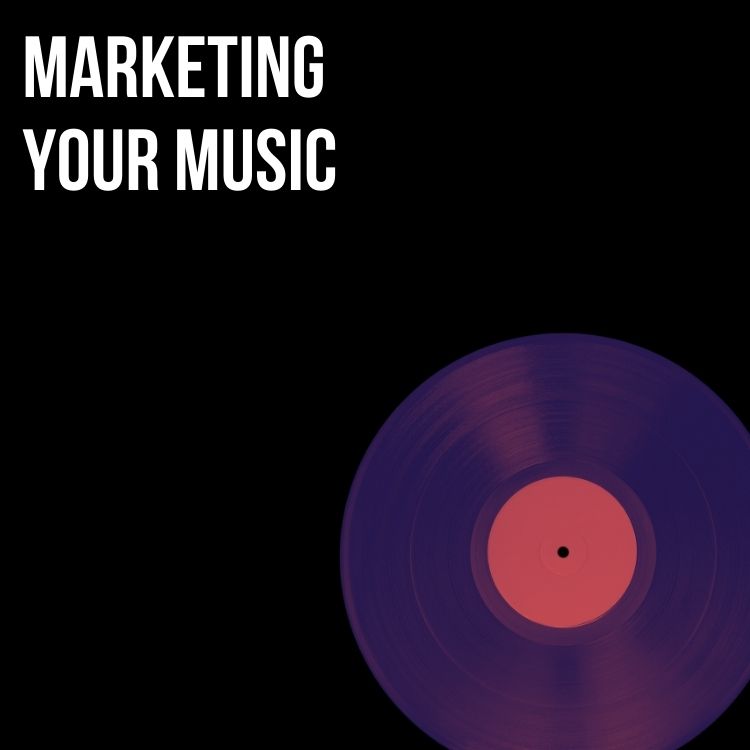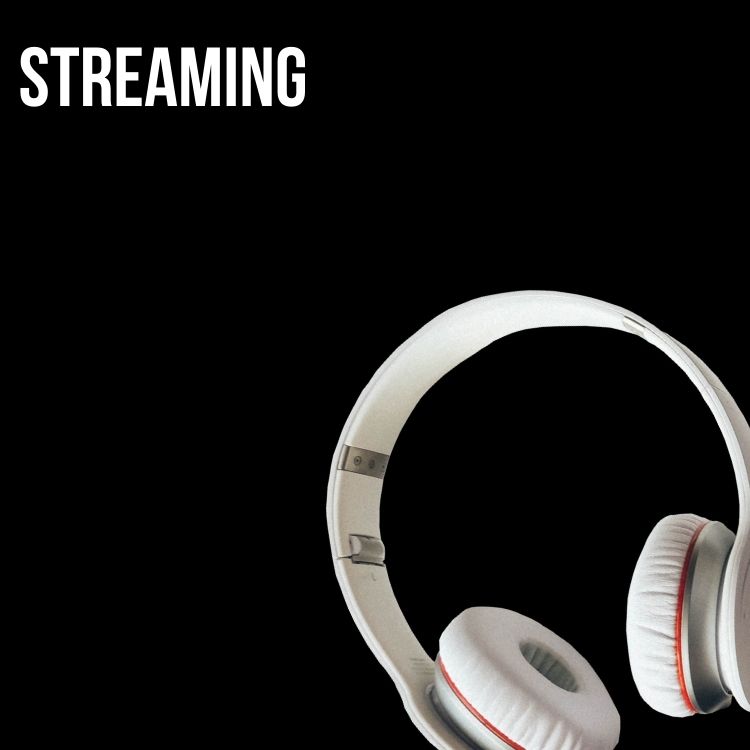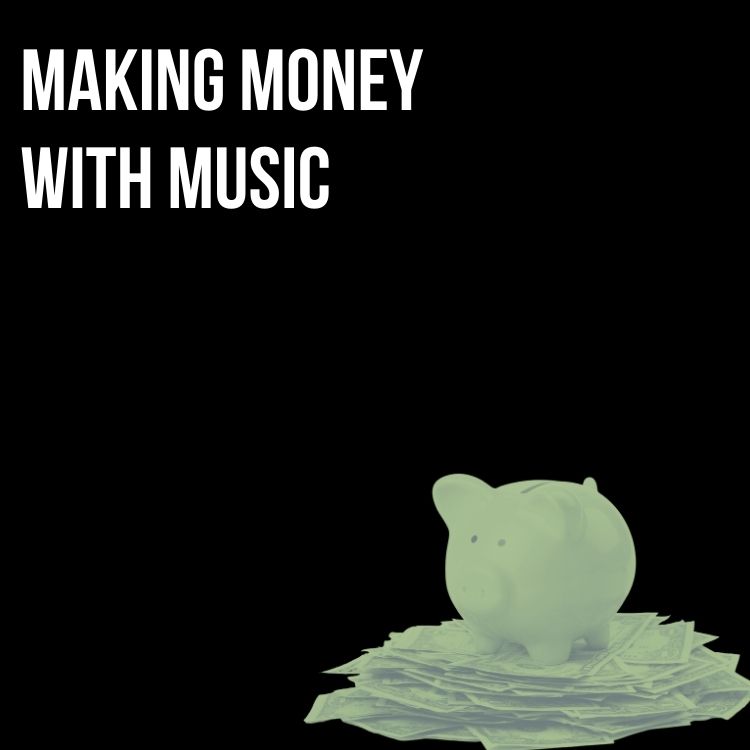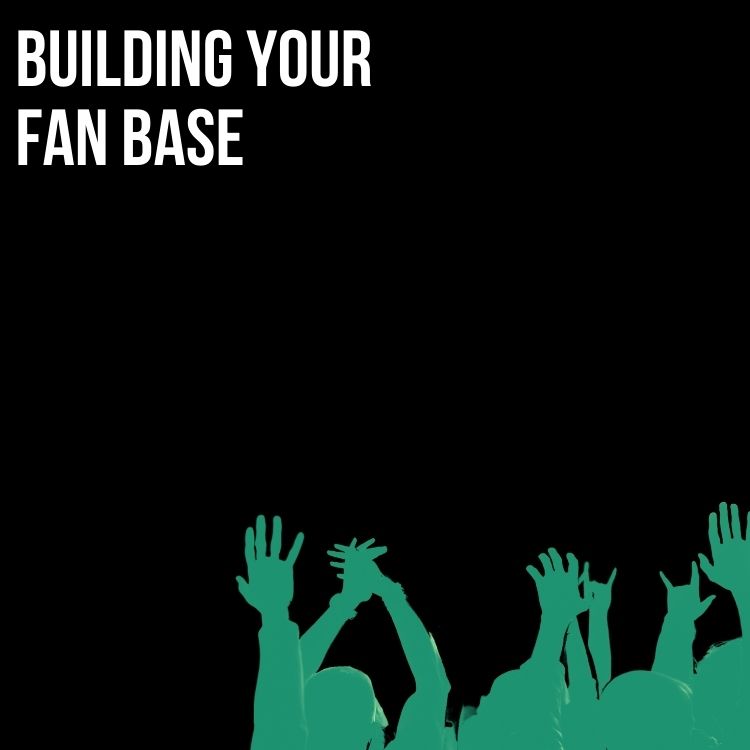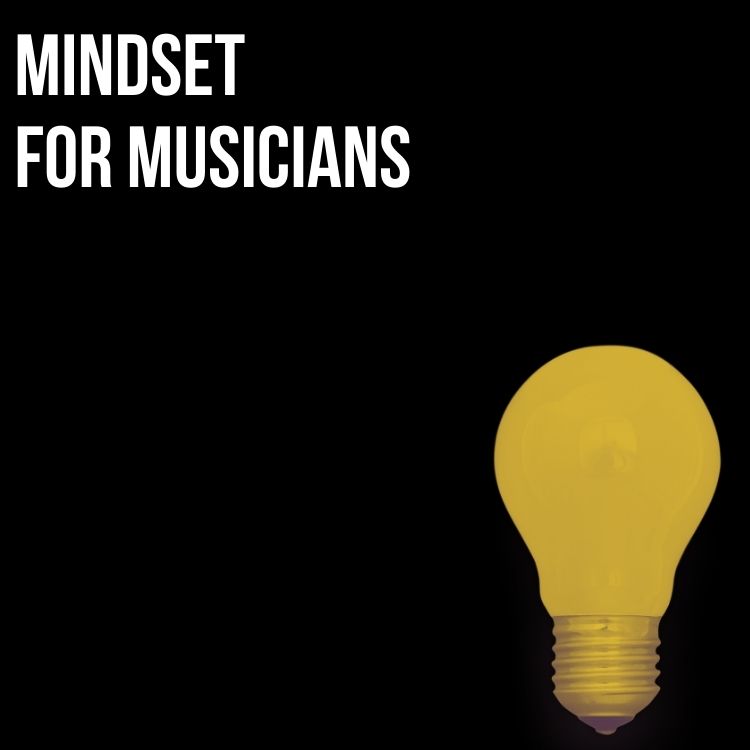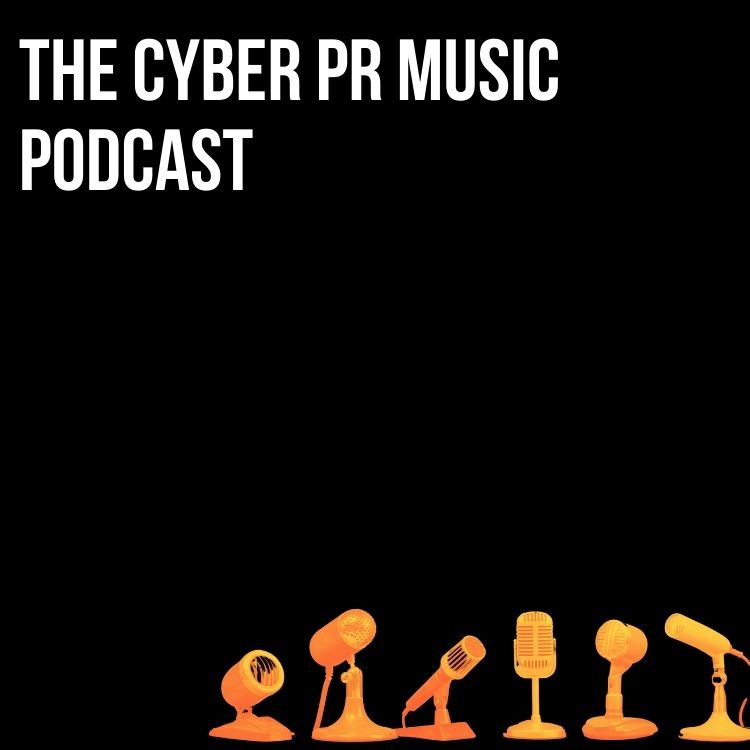
If you read my blog regularly, you know I have been focusing a lot lately on Micro-Networking and my theory that execution is critical if you want to cause a tangible shift in your career as an artist.
This leads me to a social site you may not have considered for your music career: LinkedIn. You probably already use it for your day job, freelance work, or other non-music activities. LinkedIn is a gold mine when it comes to networking, especially within industries.
But if you’re new to LinkedIn, how can you set yourself up and optimize for networking there?
Set Up Your Fully-Optimized Profile
This initial stage will take an hour or so of your time, but I promise it’s worth it. First, set up your profile with all the necessities, including adding a professional photo. Studies show that your profile is 11 times more likely to be viewed when it includes a photo, so add an up-to-date professional photo.
Build Your 500+ Connections
It sounds like a lot I know, but you’ll be there in no time! LinkedIn will suggest a lot of initial connections for you, and from there, take some time to look at the suggestions they offer based on who you know, as well as your emails and social media to find even more connections. LinkedIn is a great way to show off elements about yourself that you can’t get across on other socials such as work history, awards and honors, charity affiliations, board member positions, and past and present affiliations. Plus, the more connections you have, the more suggestions you’ll get and the higher your chance of making valuable connections.
Create Personalized Invites
A quick note for when you’re building those 500+ connections—don’t take the lazy way out and go with the stock “I’d like to add you to my network on LinkedIn” note. Take the time to say something meaningful, compliment them or remind them of a time spent together or a mutual colleague. If you don’t know them but are still looking to connect for the first time, take a moment to scan their profile and find a common interest or other way to connect and compliment them.
Use LinkedIn to Find New Connections
LinkedIn’s search engine is there for a reason. You can find specific people you’re looking for or target specific industries, interests, and so on. This means you can search, say, festival organizers or radio personalities or label A&R, and you can get creative in finding local influencers or potential backers for your project. The search function can help you not only find people for your followers, but also individuals who might help you build your career.
Never send the “Stock” LinkedIn invite. Most people take the lazy way out and send the pre-canned “I’d like to add you to my network on LinkedIn” note. Take the time to say something meaningful, compliment them or remind them of a time spent together or a mutual colleague.
Join Relevant Groups
Think of these like Facebook Groups. They’re based around different interests or topics. Just as with Facebook, there are plenty filled with spam, so take some time to make sure you’re joining active ones in all the right ways. Then, once you’re in there, make sure you participate in discussions, pose and answer questions, welcome new members, help members by introducing them to your connections, post great resources pertinent to the group, and so on. You have to be an active group member for others to respond to you.
Another great thing about groups is that when you share content on your profile, oftentimes, LinkedIn will also invite you to share to specific groups, increasing your reach
Here are a few to check out
Music & Entertainment Professionals – 181K members
Music Industry Network – 133K members
Music Industry Forum – 128K members
Music & Marketing – 100K members
MusicBiz – 92K+ members
Max Out Your Groups
Groups are usually formed around a particular topic, interest, or commonality — it can be a school or university, profession, hobby, location, expertise, and so on. Groups are either open (anyone can join) or closed (you must be approved by a current member). You can join up to 100 groups, and I suggest that you join as many as you can, as it will increase your reach when you go to share your content (posts) on LinkedIn.
Participate and Add Value in Groups
So if you join a group, make sure you participate in discussions, pose and answer questions, welcome new members, help members by introducing them to your connections, post great resources pertinent to the group, and so on — and do this long before you mention anything to do with your products or projects. You have to be an active group member for others to respond to you. Once you’ve established yourself, it’s easy to ask the group for advice or support or for them to reach out to their connections and let them know about your project or product. The more groups you’re a part of, the more relationships you can build, and the more connections you’ll have.
Post at Least Three Times a Week
Don’t panic! This doesn’t have to be 100% original content. It can be recycled and reused from your blog or social media and made appropriate for LinkedIn. For instance, you could cross-post your blog to LinkedIn or share an insight you had while working on a new song. The more you use LinkedIn and engage with others, the more content you’ll think of throughout the week to share.
Practice Random Acts of Kindness
Truly, this is a great practice to get into in all areas of your life, but as it applies to LinkedIn, it means this: write people recommendations, “Endorse” people for the skills they share on their profile, and tag them in relevant posts. The more you help others, the more they’ll help you, and honestly, it’s just a nice habit to get into.
Final Thought: The Magic of LinkedIn Lies In Your Connections
LinkedIn is organized around three levels of connections: the people you know (first degree), the people they know (second degree), and the people those people know (third degree). The first-degree connections have obvious benefits, including frequent interaction and an easy way to get in touch.
However, it’s often in the second- and third-degree connections of the people in your network where you will find the kinds of links that can provide entry into new ecosystems. Meaning, new connections, insights, and inspiration. Embrace these, and you’ll get to see the full potential of LinkedIn.
Like This? My eBook Social Media Tuneup contains a WHOLE chapter plus a check sheet on precisely what to do to get your LinkedIn up to speed
Subscribe for more!
Back to The Blog



